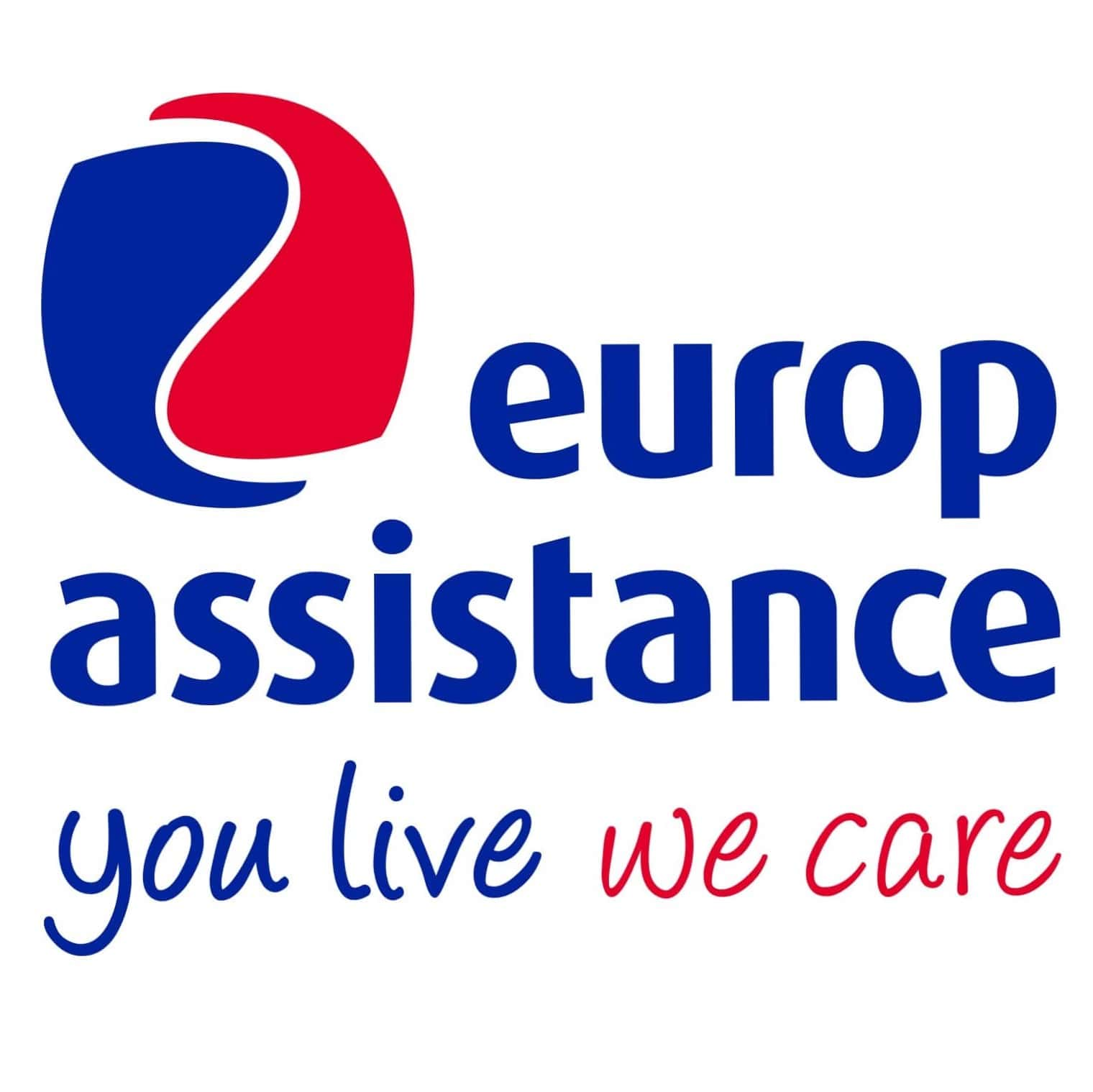What are the different types of Schengen visas?
Schengen visas type A, C or D, short or long stay… Here we explain the different types of Schengen visas.

What are the different types of Schengen visas?
A Schengen visa allows the holder to travel to one or several countries in the Schengen Area. There are several subcategories that depend on the reason for travel and the length of stay: Uniform Schengen Visas (type A and C) and long-stay Schengen visas (type D). Here we explain the differences.
The airport transit Schengen visa – type A
One of the types of Schengen visas is the type A, the airport transit visa. It authorises the holder for a stopover within the Schengen Area, but does not allow them to leave the international or customs area of the airport.
The short-stay Schengen visa – type C
Another type of Schengen visa is the short-stay visa (type C). Particularly useful for tourists visiting Europe, it allows the traveller to stay in one or several countries within the Schengen Area for a maximum of 90 days. Would you like to apply for a type C visa? Don’t forget: insurance is an important requirement. It must cover a minimum of €30,000 in medical and hospital expenses. With options starting at €3 per person, Europ Assistance’s Schengen insurance covers you for the entire duration of your stay and meets Schengen country requirements, all within your budget.
Depending on the reason why you are travelling to the Schengen Area, your situation and the visas you have already obtained, these type C visas may include different authorisations and restrictions, which are all indicated on the sticker placed in your passport by the government. These may include:
Countries
- If SCHENGEN STATES is written on the sticker, the visa holder may travel to all countries within the Schengen Area.
- If one or several country names are listed, the visitor may only visit these countries within the Schengen Area. This is called a limited territorial validity visa.
Number of entries
- Single entry: the Schengen visa holder may enter the Schengen Area one time only.
- Double entry: the Schengen visa holder may enter and leave the Schengen Area twice.
- Multiple entry: the Schengen visa holder may enter and leave the Schengen Area as many times as they wish.
Length of stay
- If specified, it corresponds to the exact dates of your stay in the Schengen Area, as indicated in your application.
- If nothing is specified, the Schengen visa holder may stay a maximum of 90 consecutive days (over a period of 180 days) in the Schengen Area.
Schengen visa validity
These dates indicate when the Schengen visa holder may enter and leave the Schengen Area (if they have two or more entries). This validity period ranges from 6 months to 5 years and is determined by the consular authorities of the first country that you visit in the Schengen Area depending on your situation and previous visas obtained.
Do you often travel to Europe for periods shorter than 3 months? You will need the short-stay (type C) visa valid for the 5 years. Also called a circulation visa, travellers who can prove that they need to travel frequently to the Schengen Area and that they are reliable and honest may obtain this visa.
The long-stay visa in France – type D
In France, long-stay Schengen visas (type D) are valid between 4 and 12 months. Depending on the reason for travel and the duration of your stay, there are differences, which we explain below. If you would like to apply for a visa for a country other than France, consult the consular authorities of the country in question.
The long-stay visa equivalent to a residence permit (VLS-TS)
Valid for 4 to 12 months, the long-stay visa equivalent to a residence permit applies to:
- students
- employees (with a permanent work contract)
- spouses of French citizens
- passeport talent.
In the three months following your arrival in France, you must get your visa approved and pay the associated tax.
The long-stay visa with obligation to apply for a residence permit within 2 months of arrival
When your Schengen visa indicates that you must apply for a residence permit, it only allows you to enter France. You must then apply for a residence permit at the prefecture. The duration of stay in the Schengen Area is determined by the validity of your visa. It applies to:
- family members of French citizens
- independent contractors and liberal professions
- workers and family members of workers
- retirees and their spouses
- artists.
Working holiday visas in France
Working holiday visas, valid for one year, apply to citizens of countries that have signed a bilateral agreement with France and who would like to work while visiting. There are currently 15 countries on this list:
- Japan
- New Zealand
- Australia
- South Korea
- Russia
- Argentina
- Hong Kong
- Chile
- Colombia
- Taiwan
- Uruguay
- Mexico
- Brazil
- Peru
The school-going minor visa in France
The school-going minor visa in France is valid for 11 months. It applies to individuals under the age of 18 who will attend school in France for more than 3 months and whose parents live abroad.
The temporary long-stay visa in France
Valid 4-6 months, the temporary long-stay visa is granted to visitors who would like to enrol in a short educational program, work as an artist or simply stay in France (as long as they have enough of their own resources to live on).
Tweet
